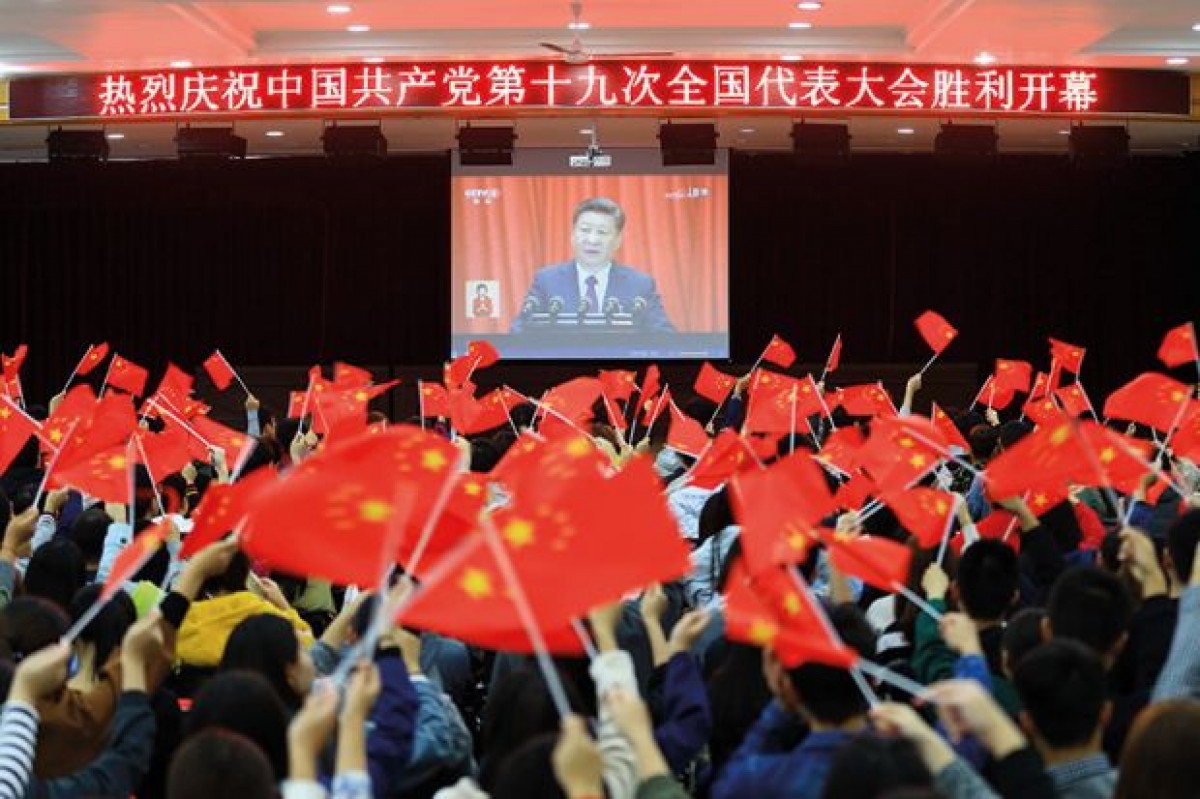 112
112
The most prominent feature of the current international order is China’s rapid growth and ascent to prominence. Today, China is a successful example of a nation that has extended its strategic depth through the employment of soft power.
The “One Belt, One Road” initiative has resulted in regional and international cooperation and stability. Recognizing this great challenge, US officials have attempted to adopt a containment approach since they believe China presents an existential threat to the United States.
To that aim, during Obama’s administration, Washington has tried to increase its attention to the Indo-Pacifics to preserve its global hegemony.
In the meantime, China’s foreign policy has shifted dramatically in recent years. Beijing’s new foreign policy trajectory has been increasingly apparent since Xi Jinping assumed office.
In 2013, President Xi Jinping introduced the One Belt, One Road Project, the world’s most extensive communication effort undertaken by a single nation. He defined the One Belt, One Road project as the revival of the ancient Silk Route.
To engage in this mega project, 126 nations and 56 international organizations from Asia, the Middle East, Europe, Africa, and South America have signed cooperation agreements with Beijing. China’s trade with the participating nations exceeds $6 trillion, with an additional $26 trillion needed to sustain economic development by 2030.
China hopes to accomplish striking economic objectives through the One Belt, One Road, including ensuring its energy security, extending its sphere of influence and hegemony in many countries, accessing global markets, and developing more cost-effective communication and transportation routes.
However, Beijing’s primary objective is to facilitate the flow of crude oil and other raw materials while bringing China closer to the rest of the world.
Between 2013 and 2019, approximately 3,000 projects have been completed in varying sectors, including road building, energy, communications, and infrastructure under the One Belt, One Road program. These projects are estimated to cost between $200 billion and $300 billion.
Transportation and energy developments are the most significant and lucrative aspects of China’s modern Silk Road enterprise, demonstrating the importance of geographical connectivity and transit routes for both China and also the nations along the New Silk Road.
China has devised several financing mechanisms for its international endeavors.
Chinese businesses provide financing for a portion of the belt-road developments. On the other hand, road projects are funded by four distinct channels: policy banks, state-owned banks, the National Wealth Fund (a kind of public investment fund), and foreign financial institutions, each of which is comprised of multiple entities.
Among these financial channels, the two Asian Infrastructure Investment Banks and the Silk Road Fund have been identified as the project’s primary sources of financing.
On the other side of the Pacific, the US is attempting to extend its influence in Central Asian countries to curb Beijing’s worldwide ambitions. Washington has pursued its containment doctrine, introduced by Frederick Starr’s New Silk Road Initiative (NSRI), which aims to connect Central Asia and India through Afghanistan.
This American effort manifested itself in the failed TAPI Pipeline (Turkmenistan-Afghanistan-Pakistan-India) and the Lapis-Lazuli Corridor, which was supposed to connect Central Asia to Europe via Turkmenistan,
The Trump administration responded to China’s rising threat by establishing the State Agency for International Economic Development and exhorting Australia and Japan to strengthen economic relations with Southeast Asia. Today, the Biden administration seems to be pursuing a more unified front vis-à-vis China.
The US, Europe, and pro-Western East Asian nations would resist China’s economic growth, preferring financial incentives and media campaigns rather than US military assistance.
China’s
Comment
Post a comment for this article